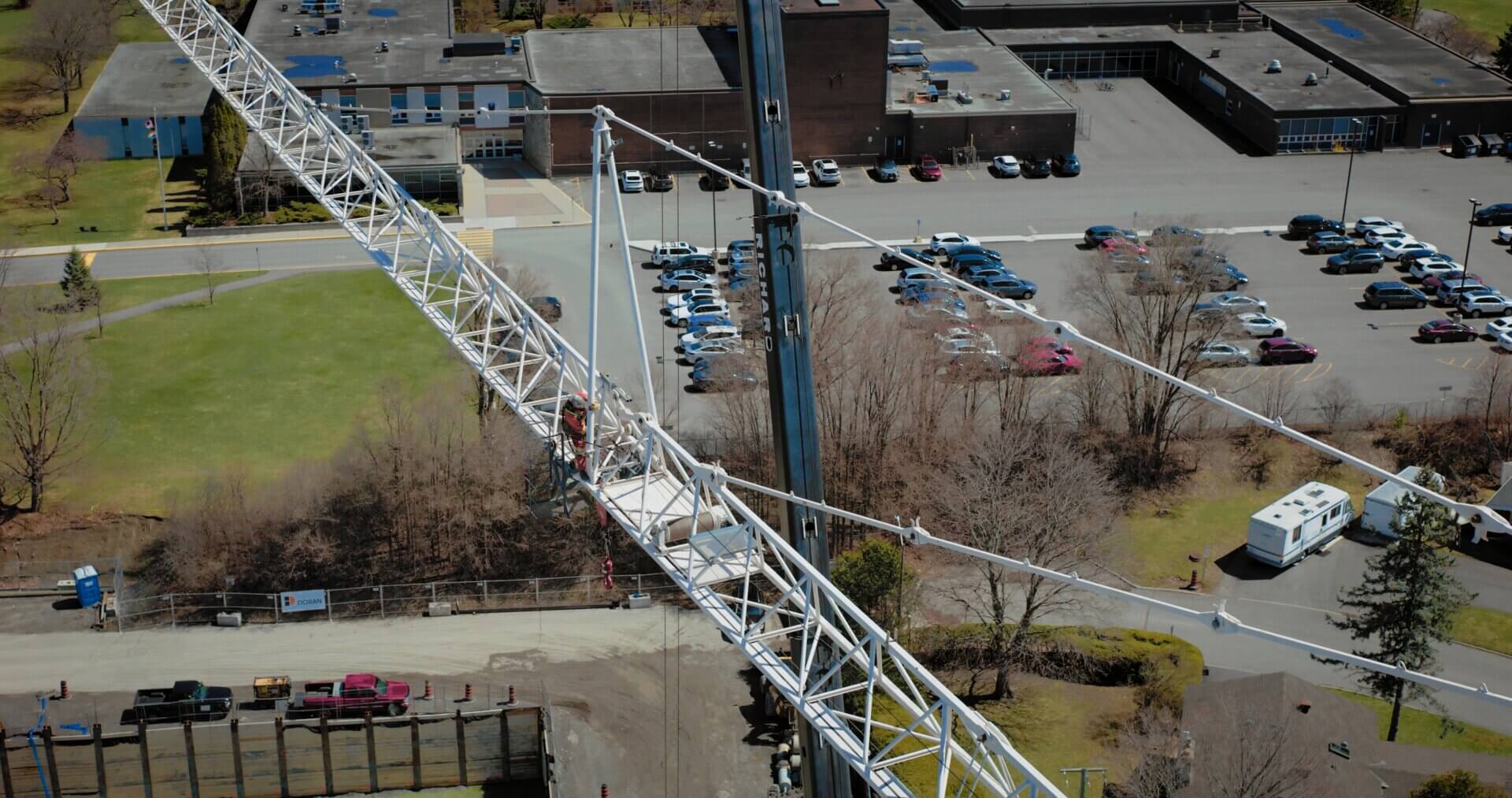Cranes are some of the most high-risk and heavily regulated equipment on any jobsite. A single overlooked detail during a pre-shift inspection can lead to costly downtime—or worse, a dangerous accident. Yet many crane companies rely on pen and paper for inspections, a method that simply isn’t equipped to handle the complexity and urgency of today’s construction demands.
Could sticking with paper be holding you back?
The Hidden Risks of Pen & Paper Inspections for Cranes
Missed Safety Steps
Generic forms or software are rarely designed for the complexity of cranes. Critical items like load chart verification, boom inspections, or outrigger placement might not even be included. Without these, your inspections may leave blind spots that compromise safety.
Delayed Reporting
If your tool requires end-of-day submissions or manual uploads, it’s slowing your team down. Critical issues—like worn wire ropes or leaking hydraulics—can go unnoticed until it’s too late.
Lack of Accountability
Paper forms can be misplaced, damaged, or completed incorrectly, leaving you without reliable documentation. This creates headaches during audits and makes it difficult to prove compliance with OSHA standards.
Inefficient Recordkeeping
Storing and retrieving paper inspection forms can be a logistical nightmare. Monthly and annual crane inspection records, which must be retained for 3 and 12 months respectively, often end up lost or damaged in storage. Given that failure to conduct proper crane inspections is one of OSHA’s most common and serious violations, poor recordkeeping only compounds the risk.
Real-World Example: Paper’s Hidden Costs
During a pre-shift inspection of a mobile crane, an operator notices minor hydraulic fluid leakage. The issue is jotted down on the paper form, but the form isn’t reviewed until the end of the day. By the time maintenance is notified, the leak has worsened, and the crane is taken out of service, causing a full day of project delays. Additionally, when auditors later request proof of timely maintenance for the crane, the paper form has been misplaced, leaving the company unable to demonstrate compliance.
How Pen & Paper Hurts Productivity
Downtime & Delays
Paper-based inspections slow down workflows. Supervisors must wait for forms to be physically handed in before acting on critical issues, wasting precious time.
Manual Data Entry
Relying on manual processes to transfer inspection details into digital records introduces errors and creates inefficiencies.
Poor Communication
When problems arise, there’s no instant way to alert supervisors or maintenance teams. This lack of communication slows down repairs and increases the risk of accidents.
5 Reasons Why Modern Inspection Tools are Better
- Tailored Checklists for Each Crane: Digital tools allow you to customize forms for specific crane types, ensuring that critical components like wire ropes, tie-ins, or hydraulic systems are thoroughly inspected.
- Real-Time Updates: Completed inspections are instantly accessible, giving supervisors immediate visibility into potential risks—even from another jobsite.
- Automatic Alerts: Smart systems flag issues and notify key personnel, minimizing response times and preventing safety hazards.
- Photo Annotations: Operators can attach and annotate photos directly within a digital form, providing clarity and speeding up repair decisions.
- Streamlined Compliance: Digital records are easy to store, search, and retrieve, ensuring you’re always ready for audits or proof of compliance.
The Bottom Line
Pen and paper might feel familiar, but they’re costing you time, safety, and productivity. Upgrading to a digital solution tailored for crane inspections can eliminate blind spots, streamline workflows, and improve recordkeeping—keeping your team safe and your projects on track. If your current method isn’t working as hard as you do, it’s time for a change.
Ready to stop relying on pen and paper? See how smarter inspection software can help your crane operations thrive. Book a Corfix Demo.

